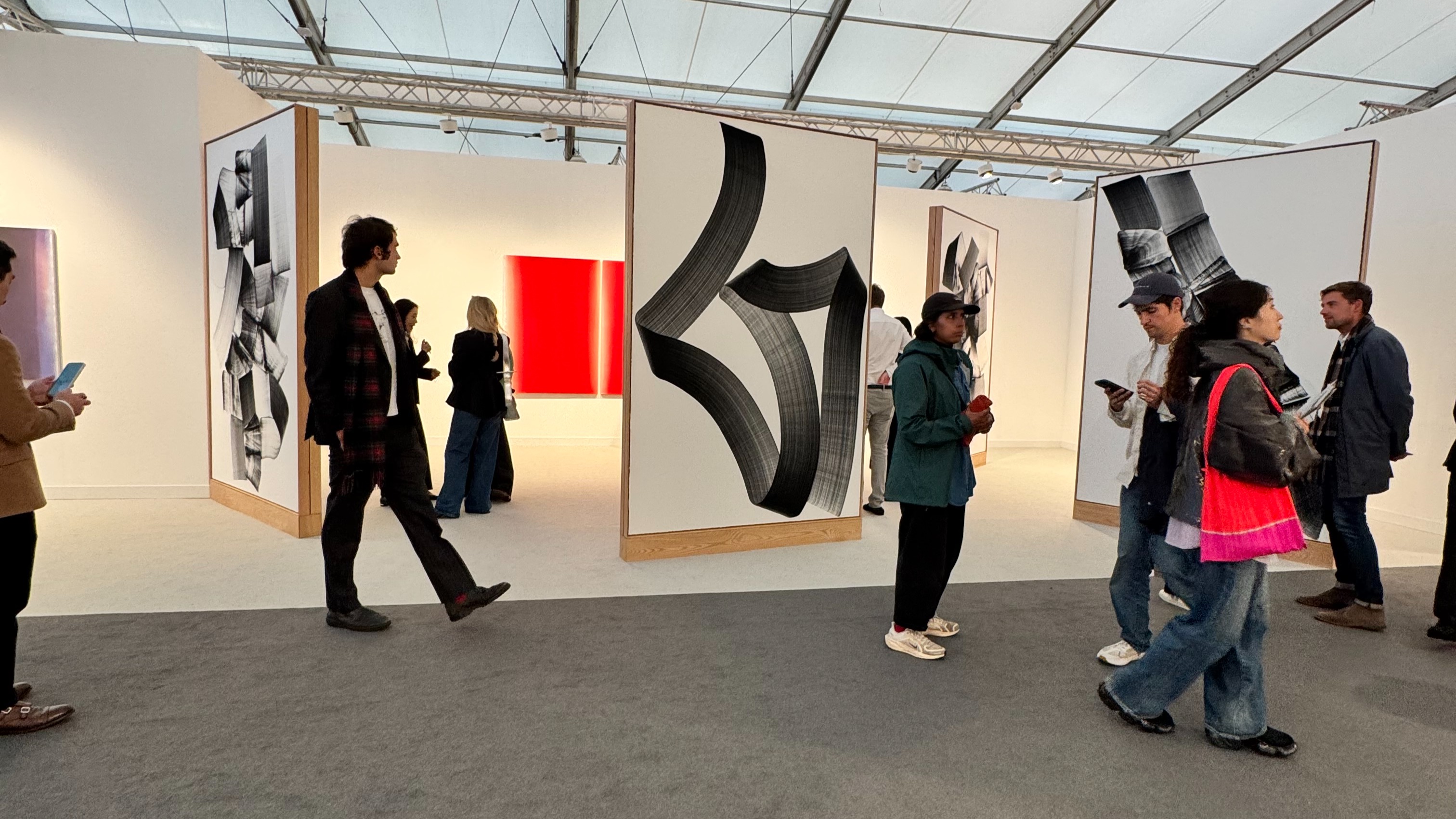
Art After Brexit: How the UK's New Inheritance Tax Laws Are Shaping Collections and Estates
In a rapidly changing post-Brexit tax landscape, collectors of fine art and those managing significant estates must navigate a complex set of new UK inheritance tax (IHT) laws. The reforms are particularly consequential for high-value art collections, artist estates and internationally mobile individuals. Understanding these changes and implementing effective protection strategies has become vital for preserving cultural assets and generational wealth. In this article, we break down exactly what these changes entail and how to adapt to them.
From Domicile to Residence: A Major Shift
Beginning 6 April 2025, the UK transitioned from a domicile-based inheritance tax regime to a residence-based one. Under the new rules, individuals who have been UK tax residents for at least 10 of the past 20 years will be taxed on their worldwide assets, regardless of their legal domicile. Conversely, those who leave the UK will remain subject to IHT for three years after departure.
This change significantly impacts non-domiciled individuals (non-doms), many of whom previously sheltered offshore art holdings and trusts from UK IHT. Now, collectors with international ties may find their global collections drawn into the UK tax net.
Relief Caps: A Blow to Artist Estates
Currently, Business Property Relief (BPR) and Agricultural Property Relief (APR) offer 100% IHT relief for qualifying assets, including business-related art studios and inventories. However, from April 2026, these reliefs will be capped at £1 million. Anything above that will only be eligible for 50% relief.
For artists and their heirs, this could mean selling key works or studios to meet tax obligations. Estates that previously relied on these reliefs to pass on entire creative legacies tax-free will now need to reassess their plans.
Frozen Thresholds and Pension Inclusion
The nil-rate band (£325,000) and residence nil-rate band (£175,000) are frozen until 2030, while the value of art continues to appreciate. Additionally, from April 2027, pensions will be included in IHT calculations. For estates already near the IHT threshold, this could result in steep, unexpected tax liabilities.
The Threat of Fire Sales
Rising tax burdens are driving many estates to sell valuable works under pressure, diminishing long-term cultural and financial value. The spectre of forced art sales, often at below-market prices, is now a key risk for families and collectors.
Solutions: Strategic Tools for Collectors
Despite the growing tax challenges facing art collectors in the UK, there are still several strategic avenues to protect and preserve high-value collections. These tools can help mitigate inheritance tax liabilities, maintain cultural value and avoid forced sales.
One such route is the Acceptance in Lieu (AiL) scheme, operated by Arts Council England. Under this initiative, individuals can offer significant works of art or heritage items to the nation instead of paying Inheritance Tax. The scheme allows for up to 17% more in tax value than selling the work and settling the tax separately. Notable examples include Lucian Freud’s portrait of Francis Bacon, which was accepted under AiL and is now housed in Tate Britain. According to the Arts Council’s 2022 report, the scheme brought in over £50 million worth of cultural assets in just one year (Arts Council England).
Another important mechanism is Conditional Exemption. This relief allows estates to retain valuable artworks while avoiding inheritance tax, provided the works are preserved and made publicly accessible for a minimum number of days each year. This is particularly beneficial for historic homes or private collections open to the public, such as Chatsworth House or Burghley House, which display parts of their collections under this exemption. Legal advisors note that this provision not only aids estate planning but also encourages public engagement with privately held heritage.
Strategic gifting is another method collectors employ to mitigate IHT exposure. Gifting artworks during one’s lifetime, particularly if the gift is made more than seven years before death, can entirely remove the asset from the taxable estate. However, HMRC applies a ‘reservation of benefit’ rule, which means that if the donor continues to derive any benefit from the artwork (such as displaying it in their own home), the gift will still be counted in the IHT calculation. Clear separation of ownership and benefit is essential to make this effective.
Finally, collectors often turn to legal structures, such as trusts and corporate entities. Art can be held in family trusts, foundations or limited companies to optimise tax efficiency and ensure succession planning. Offshore trusts, once a common solution for non-domiciled individuals, may be less effective under the post-2025 residence-based regime, as UK tax exposure will extend to long-term residents regardless of domicile. Still, onshore or hybrid structures tailored to individual circumstances remain viable.
In this shifting landscape, seeking advice from specialists in tax, estate planning and art law is essential to avoid pitfalls and preserve collections in a legally compliant way. Family offices have become increasingly critical in this environment, offering multidisciplinary expertise that can structure cross-border holdings for compliance and efficiency, facilitate public access arrangements necessary for Conditional Exemptions, administer gifting strategies and valuations, and liaise with tax authorities and art institutions.
According to Alessandro Belluzzo, Founding Partner of Belluzzo International Partners – a London-based law firm specialised in tax, legal and estate planning – and Co-Founder of Bespoke Family Office (BFO):
Wills remain a fundamental estate planning tool. By leaving assets to a surviving spouse, including high value art, individuals can take advantage of the spousal exemption to significantly reduce inheritance tax (IHT) exposure. This simple step can help preserve both wealth and legacy, ensuring that key assets are not lost to unnecessary taxation.
In addition, tax treaties – such as the one between the UK and Italy – can be used to optimise estate planning further, providing added benefits for families with cross-border interests.
As such, through comprehensive estate planning, governance and strategic legal advice, family offices play a vital role in ensuring that art collections are preserved for future generations rather than being sold to cover tax liabilities.
In conclusion, the new inheritance tax regime marks a pivotal moment for UK-based and international collectors. As tax pressure increases, proactive estate planning is no longer optional, particularly as art is not only an investment but also a legacy. With the right tools and the support of experts, such as family offices, collectors can ensure that their cultural and financial wealth endures.
Disclaimer: This article is for informational purposes only and does not constitute legal or financial advice. Please consult a qualified advisor for tailored guidance.
Sources:
UK Budget 2024 via Financial Times, ‘UK hits wealthy with raids on non-doms, private equity and estates’ (FT)
The Times, ‘Inheritance tax 'puts 200,000 jobs at risk in family businesses’ (The Times)
The Art Newspaper, ‘UK budget tax changes threaten artist estates’ (The Art Newspaper)
Spear's Magazine, ‘How family offices are protecting UHNW art collections’ (Spear's)




